Common Name(s): European silver fir
Scientific Name: Abies alba
Distribution: Mountainous regions of Europe
Tree Size: 100-150 ft (30-46 m) tall,
3-5 ft (1-1.5 m) trunk diameter
Average Dried Weight: 26 lbs/ft3 (415 kg/m3)
Specific Gravity (Basic, 12% MC): .32, .42
Janka Hardness: 320 lbf (1,420 N)
Modulus of Rupture: 9,590 lbf/in2 (66.1 MPa)
Elastic Modulus: 1,200,000 lbf/in2 (8.28 GPa)
Crushing Strength: 5,950 lbf/in2 (41.0 MPa)
Shrinkage: Radial: 4%, Tangential: 8.7%,
Volumetric: 12.8%, T/R Ratio: 2.2
Color/Appearance: Heartwood is usually white to reddish brown, with pale sapwood that isn’t clearly distinguished from the heartwood.
Grain/Texture: Grain is straight, with a uniform, medium-coarse texture.
Rot Resistance: Rated as non-durable to perishable regarding decay resistance, with little resistance to insect attacks.
Workability: Generally easy to work with both hand and machine tools. Glues, stains, and finishes well.
Odor: No characteristic odor.
Allergies/Toxicity: Although severe reactions are quite uncommon, fir in the Abies genus has been reported to cause skin irritation. See the articles Wood Allergies and Toxicity and Wood Dust Safety for more information.
Pricing/Availability: Prices should be moderate throughout its natural range in Europe when harvested for construction lumber. Though clear, quartersawn, or other such specialty cuts of fir lumber are likely to be more expensive.
Sustainability: This wood species is not listed in the CITES Appendices, and is reported by the IUCN as being a species of least concern.
Common Uses: Construction lumber, paper (pulpwood), plywood, and other utility wood purposes.
Comments: European silver fir can be thought of as the Old World counterpart to North America’s balsam fir: they both share a number of similarities in both tree and wood.
European silver fir has historically been a favorite Christmas tree species in Europe, though today its mostly replaced with other species of fir and spruce. Resin from its bark has also been used for a number of traditional purposes.
Images: Drag the slider up/down to toggle between raw and finished wood.
[caption id="attachment_17721" align="aligncenter" width="450"]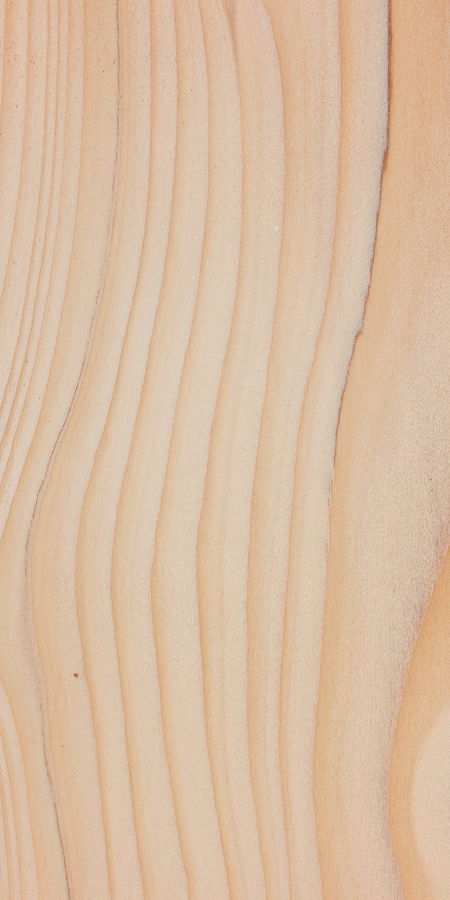
(Abies alba)[/caption][caption id="attachment_21043" align="aligncenter" width="450"]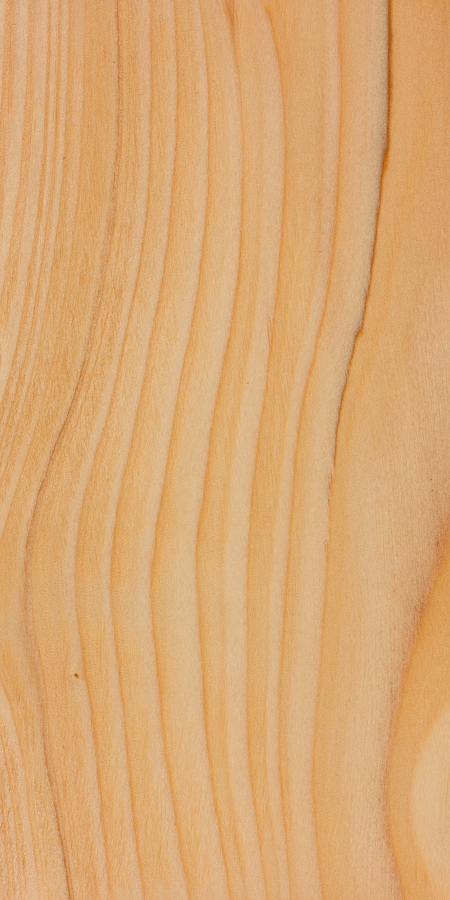
Identification: See the article on Softwood Anatomy for definitions of endgrain features.
Resin canals: absent (traumatic resin canals occasionally present)
Tracheid diameter: medium
Earlywood to latewood transition: very gradual
Grain contrast: medium
Lookalikes/Substitutes: Hemlock (Tsuga spp.) is difficult to differentiate from fir species: both have similar color, grain, and weight. Also, they both lack resin canals and have little to no discernible scent. Spruce (Picea spp.) and pine (Pinus spp.) are two similar-looking softwoods that can also be confused with fir. However, these two genera both feature resin canals (and pine has a distinct odor), which helps to separate them from fir.
Notes: Fir species can’t be reliably separated from each other on the basis of macroscopic anatomy. (There are slight differences between the various species in density, texture, and grain evenness, but none provide a consistent means for positive identification.)
Related Content:


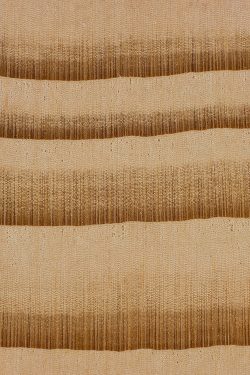

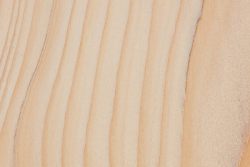
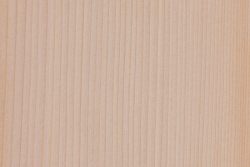

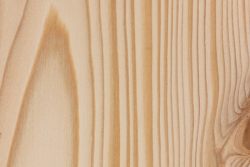
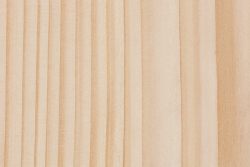

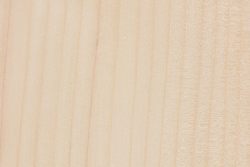
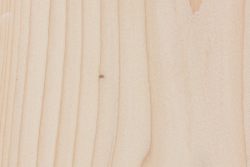


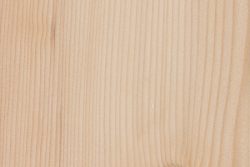
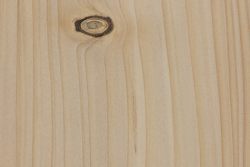
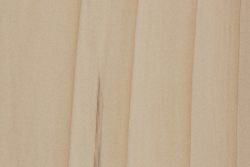
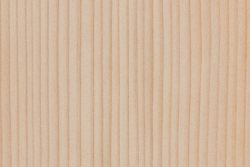

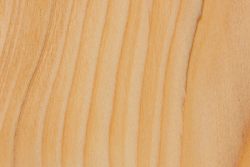

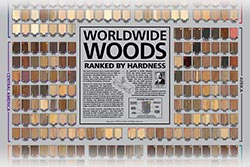



True firs have a very characteristic odor in my experience. The Balsam fir has a unique sweet smell and the European silver fir is similar. Both species are historically sources of resins, in the case of the silver fir “Venetian turpentine” (I believe) which was used for painting and varnish making.
Are you referring to the tree itself (especially the needles)? All the fir wood that I’ve worked with has never had much of any odor at all.
Hi,
I was trying out a new lens using some wood samples. The end grain of the abies alba sample did not look at all like any I found in books or here on this remarkable site.
The apparent magnification is a bit higher than 10x, it is only showing 2 bands of late/early wood.
What is it? It looks like frost growing from wet porous stones…
Thanks,
Paula Duijneveld
Paula, that is more than likely the sample that it should be (i.e., fir). It’s just that it is not sanded well enough to make out any details. You have to start with a clean and very well sanded (preferably up to 200 or 300 grit minimum) endgrain in order to adequately make out details.